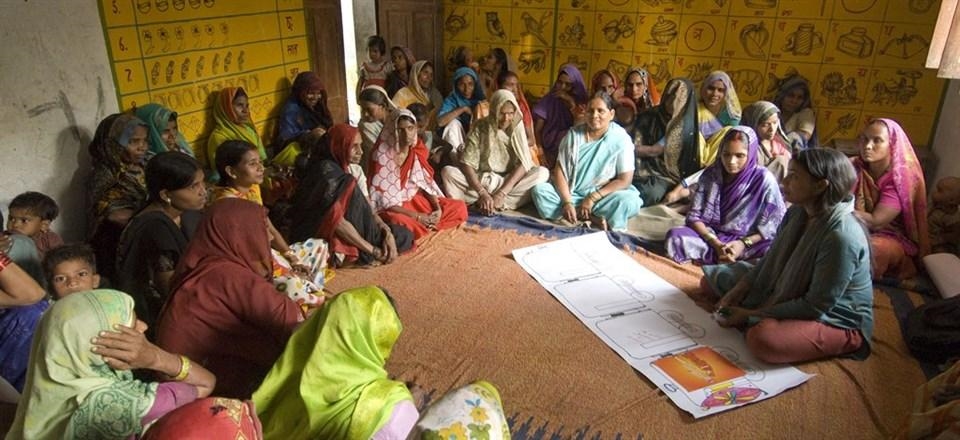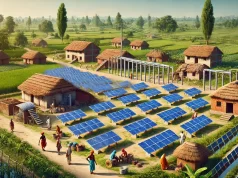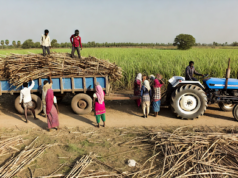Rural credit has been one of the most pertinent issues in India. Despite the existence of formal credit institutions like Banks, Microfinance Institutions, and Credit Cooperatives, sufficient credit is still not effectively penetrating rural areas, starving the ones who need it the most. What is the reason behind this gap? Concurrently, what is the solution? A potential solution is the establishment of Self Help Groups (SHGs), which have emerged as a market-based model to fill the gaps left by formal credit institutions. As a market-based solution, SHGs offer greater economic opportunities to women and lower castes that may be traditionally discriminated against by financial institutions.
Background: Microfinance in India
The motive of establishing a robust credit disbursement organisation is the upliftment of the rural poor, who have traditionally been unable to access banking services because of low income and the lack of proper documentation. Loans from the formal credit institutions also require collateral, which poor people cannot offer. Also, the high interest rates and other procedural formalities act as a deterrent to poor people in need of credit, thus stripping them of various benefits. However, there are challenges not only in the supply side of rural credit, but also in their demand, primarily due to lack of education. The low-income groups demand credit facilities without following any procedures or filing documents. As a result of this mismatch, the formal sector fails to fulfil the credit needs of the rural poor.
Emergence of Self-Help Groups
Financial subsidiaries like SHGs provide its members with credit facilities, which help them meet their livelihood requirements, in contrast to the formal institutions which are unable to meet the rural demands effectively. And by empowering members with readily available credit, SHGs have empowered rural individuals to set up their own small-scale industries, leading to skill development and increased self-esteem.
SHGs have been able to drum up small savings either on a weekly or monthly basis from community members who were not expected to have any savings. In order to meet the credit needs of members of the group, they collectively recycle the resources available to them. This has provided them with monthly credit facilities, and eased the burden on credit seekers by allowing repayments in small instalments.
Growth of Self Help Groups
The SHG-Bank Linkage Programme (SBLP) launched by NABARD in 1992 envisaged a synthesis of the formal financial system and informal sector. With this, the formal financial institutions in India have ventured into microfinance in a massive way. This initiative is considered to be the largest community-based microfinance programme in terms of outreach in the world and many other countries are keen on replicating this model. This is also recognized as a part of priority sector lending and normal banking business by the Reserve Bank of India (RBI).
In India, two types of SBLP models have emerged over a period of time:
Type–I: Bank-SHG-Members: The bank itself acts as a self-help group promoting institution (SHPI).
Type-II: Bank-NGO-SHG-Members: Facilitating agencies like NGOs, government agencies, or other community-based organizations form groups.
Self Help Groups’ Benefits for Fledgling Entrepreneurs
During fieldwork with the Institute for Rural Credit and Entrepreneurship Development, I had the opportunity to interact with five self-help groups, which consisted of a total of 40 – 45 women, in the village of Karjat, Mumbai. During a series of interviews, I found that approximately fifteen or one-third of them had already been victims of debt traps, and two of them were under crisis due to non-repayment. SHGs, on the other hand, had helped them establish and sustain their own cottage industries, which work in clothing, food items, etc., and help them earn a better livelihood.
Self Help Groups for Women’s Empowerment
In addition to benefiting entrepreneurs, self-help groups also provide a powerful tool for women’s empowerment. According to Dr Uma Narang “When she(woman) becomes a member of SHG, her sense of public participation, enlarged horizon of social activities, high self-esteem, self-respect and fulfilment in life expands and enhances the quality of status of women as participants, decision-makers and beneficiaries in the democratic, economic social and cultural spheres of life.”1
My learning was further supported by my primary research work with Navjyoti India Foundation. Established in 2001, Navjyoti Foundation has 112 SHGs till date and has transformed the lives of thousands of women in their region.
By joining SHGs, female members can now play a positive role in their society by donning roles including being a part of the ‘water police’- ensuring that no water is wasted in the society – or leading tree plantation drives in their district. Another SHG member I interacted with said, “Our husbands would abuse us and drag us home from the SHG meetings when it initially started because they thought that meetings were more of a manly task. However, now we are respected by our family members and are able to do our work independently.”
Works Cited
Narang, Uma. (July 2012)“Self Help Group: An Effective Approach to Women Empowerment in India”. International Journal of Social Science & Interdisciplinary Research, 1;8. Accessed at http://www.indianresearchjournals.com/pdf/IJSSIR/2012/August/2.pdf
Fernandez, A. (July 2007) “History and Spread of the Self-Help Affinity Group Movement in India: The Role Played by IFAD”. Working Paper, International Fund for Agricultural Development. Accessed at https://www.microfinancegateway.org/library/history-and-spread-self-help-affinity-group-movement-india-role-played-ifad
Jacoby, Hanan G.; Mansuri, Ghazala. (2007) “Watta Satta: Bride Exchange and Women’s Welfare in Rural Pakistan.” Policy Research Working Paper; No. 4126. World Bank, Washington, DC.
Jose Tojo.(April 5, 2017) “What is Self-Help Group Bank Linkage Program?” Accessed at http://www.indianeconomy.net/splclassroom/358/what-is-self-help-group-shg-bank-linkage-programme/.
Mansuri, Ghazala. (November 2007)“Credit Layering in Informal Financial Markets”. Journal of Development Economics, 84:2, 715 – 730.
Misra, Neha. (2016) “Self Help Group of India: Meaning, Need and Objectives”. Accessed at http://www.yourarticlelibrary.com/india-2/self-help-group/self-help-group-shg-of-india-meaning-need-and-objectives/66718/
PriceWaterhouseCoopers. (November 2016) “Shifting Trends in the Microfinance Ecosystem”. Accessed at https://www.pwc.in/assets/pdfs/publications/2016/shifting-trends-in-the-microfinance-ecosystem.pdf
Venkateswaran S, “socio-economic impact of SHG’s on their members-an empirical study in the Madurai district”
Read more articles on Credit: https://spontaneousorder.in/public-credit-registry-is-transparency-enough-for-credit-ailments/
Post Disclaimer
The opinions expressed in this essay are those of the authors. They do not purport to reflect the opinions or views of CCS.






